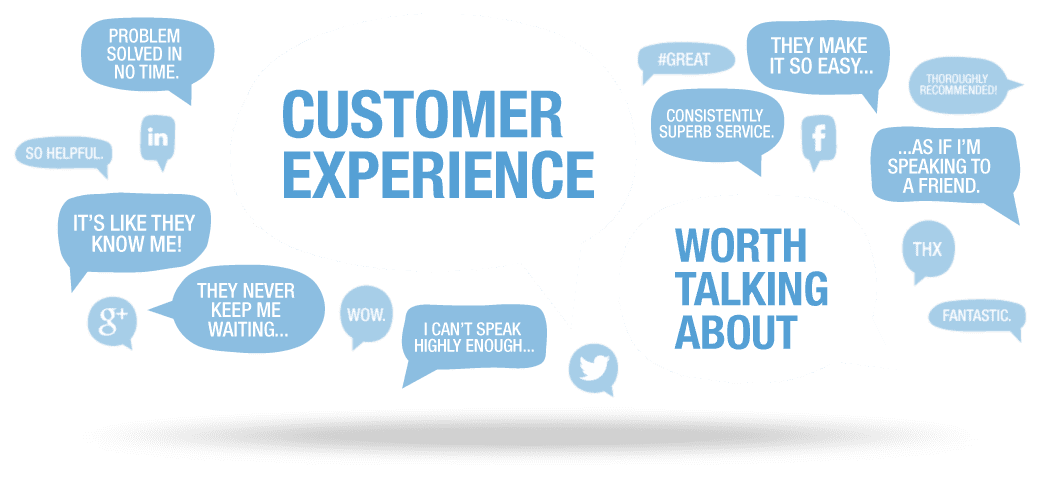
Eric Matusiak
Senior Manager, SATOV Consultants
Last week I attended a presentation by Purolator’s President and CEO, Patrick Nangle, at an Economic Club of Canada event where he spoke about steps Purolator is taking to transform to a customer-centric culture – and MAKING IT STICK.
That may not sound shocking to those of us who follow the B2C world where an omni-channel experience is now the expectation. But remember that Purolator is still primarily a B2B parcel delivery company. In that space, there historically hasn’t been the same kind of pressure to define or measure the customer experience. Patrick’s key point was that B2B customers are increasingly using their B2C experiences re-frame their expectations for a more seamless B2B experience involving mobile technology, customized services and more information flow between company and customer.
These are great steps forward, but in the Q&A session afterword we turned to an important topic that all companies need to consider when re-defining their customer experience: making it stick within the organization. It is easy for a company to say that it wants to improve the customer experience (who wants it to get worse, after all?). But if employees don’t exhibit customer-centric and experience-focused behaviour, then the company risks failing to deliver on its brand promise. Building a customer-centric culture requires investment beyond customer facing systems and processes, for example: training for people who may have little experience in customer facing situations, tools to help them deliver the best service to customers and most importantly, new performance management metrics. As the saying goes, “what gets measured, gets done”. When all employees have customer experience metrics as part of their annual goals and performance reviews, then behaviour changes and over time those behaviours become norms. Think of your own organizations and initiatives that worked and those that didn’t. My guess is that the successful ones had a set of ambitious goals and a corresponding investment in the organization – the winning formula for anyone who wants to truly transform their customer experience.
For more insights on how to make a customer-centric culture stick, please see our article on the role of a Chief Customer Officer.
